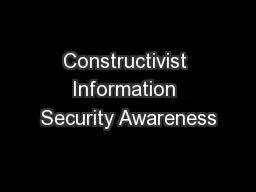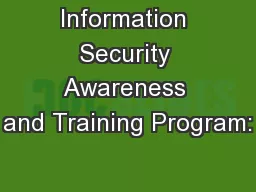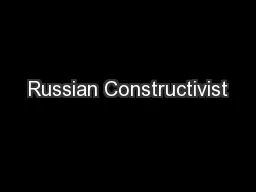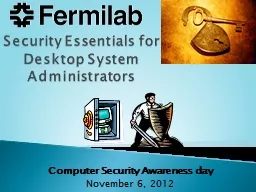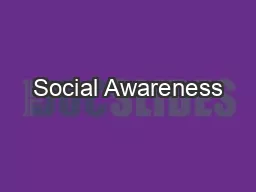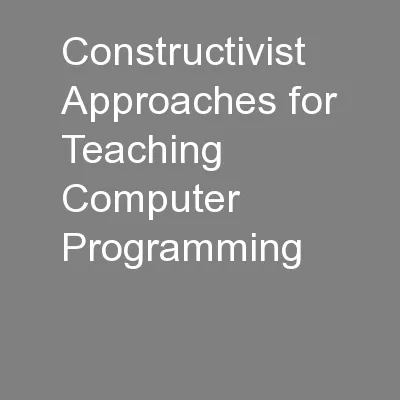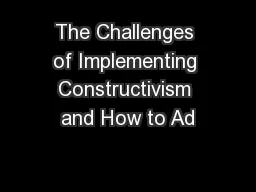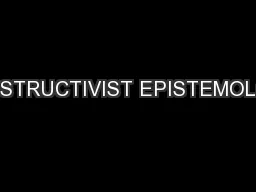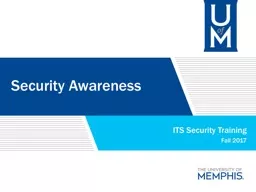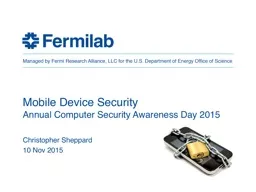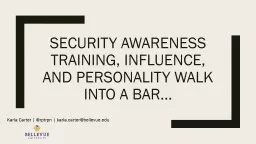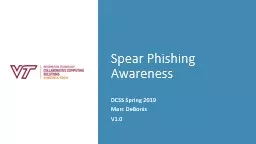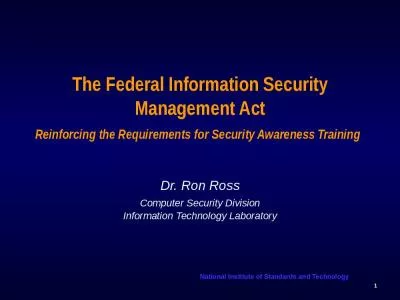PPT-Constructivist Information Security Awareness
Author : trish-goza | Published Date : 2018-11-01
MBoujettif Italtel boujettifyahoocom amp YWang UCCC BWCCA 2010 Fukuoka Institute of Technology Fukuoka Japan Abstract The application a unique approach to enhancing
Presentation Embed Code
Download Presentation
Download Presentation The PPT/PDF document "Constructivist Information Security Awar..." is the property of its rightful owner. Permission is granted to download and print the materials on this website for personal, non-commercial use only, and to display it on your personal computer provided you do not modify the materials and that you retain all copyright notices contained in the materials. By downloading content from our website, you accept the terms of this agreement.
Constructivist Information Security Awareness: Transcript
Download Rules Of Document
"Constructivist Information Security Awareness"The content belongs to its owner. You may download and print it for personal use, without modification, and keep all copyright notices. By downloading, you agree to these terms.
Related Documents

